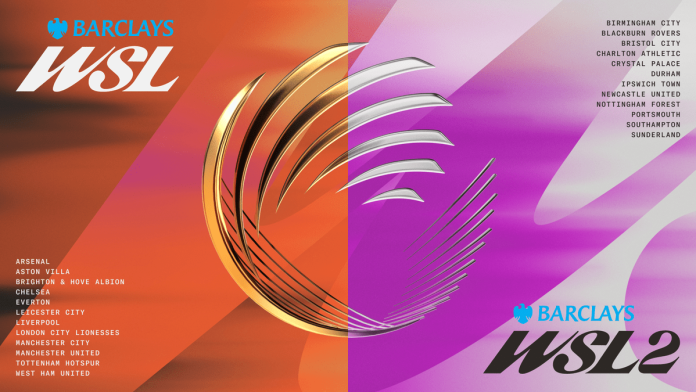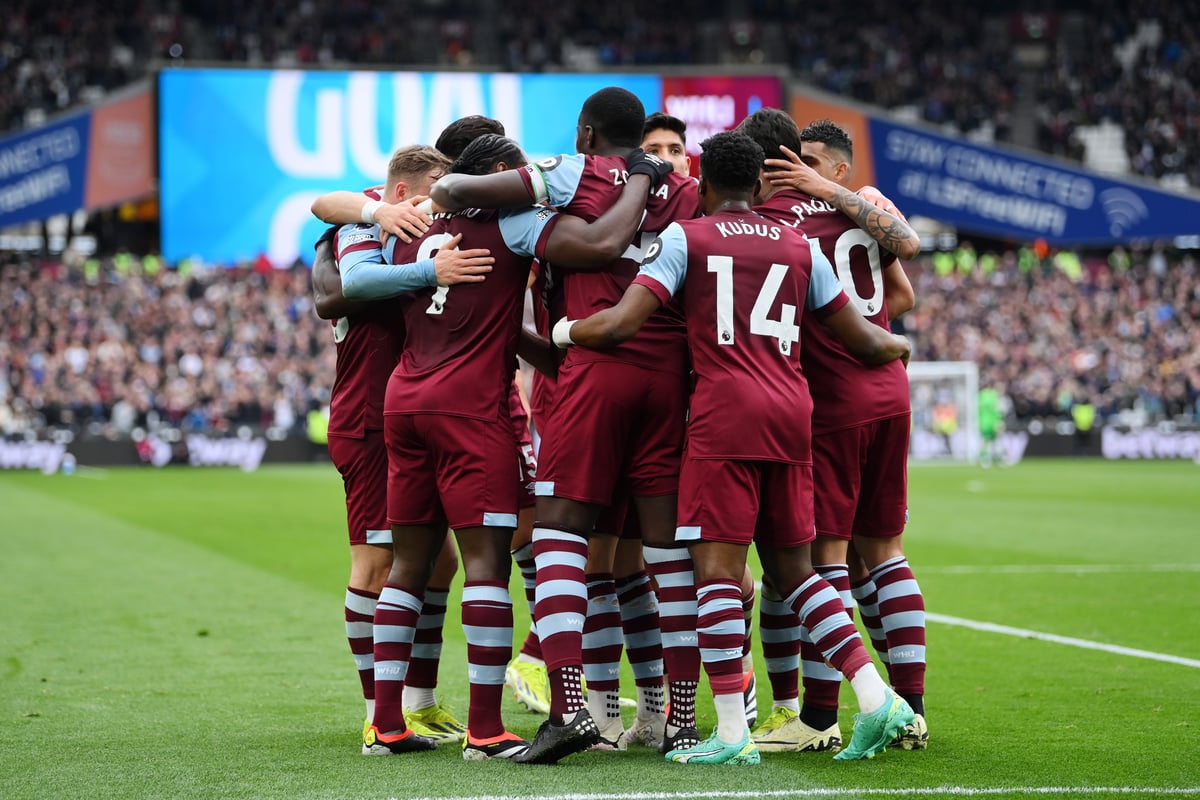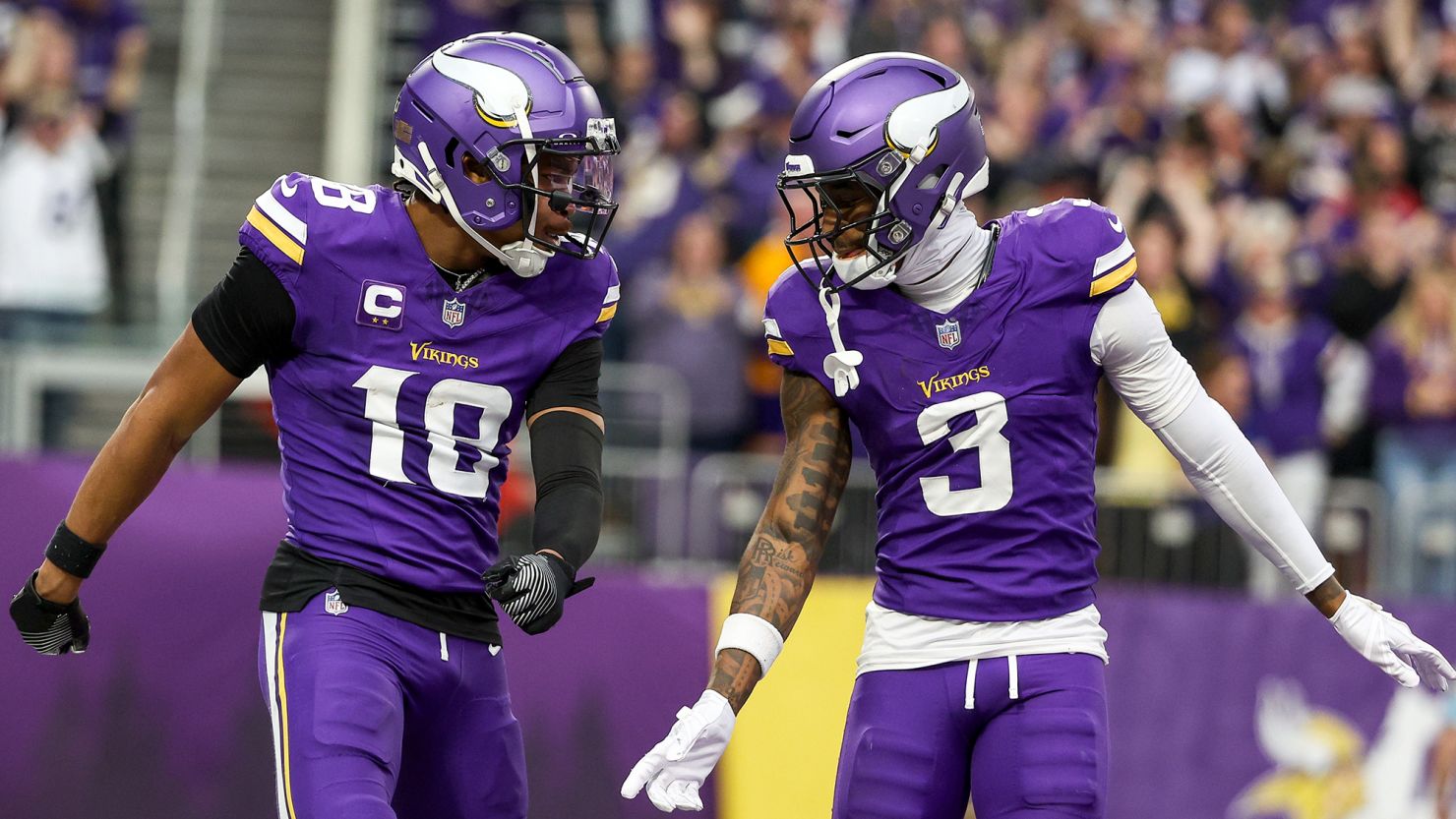A quiet revolution is unfolding in English women’s football. Starting from the 2025/26 season, the second division of the women’s game will step into a fresh identity, reborn under a name that signals both ambition and alignment: Barclays WSL2.
This move isn’t merely cosmetic. It’s structural, strategic, and symbolic.
Not Just a Name Change—A Repositioning
The transition from the “Women’s Championship” to WSL2 represents more than a title upgrade—it marks the formal integration of a two-tiered, fully professional ecosystem under the WSL Football umbrella. This structure brings cohesion between the top-flight Women’s Super League (WSL) and its rising sibling, offering fans, players, and investors a clearer narrative: one pyramid, one pathway, one brand universe.
Backed by title partner Barclays, the rebrand introduces an evolved visual language, one designed to reflect the dynamic nature of the women’s game. The design work, led by creative agency Anomaly, puts movement, power, and femininity at the core—built not for static logos but for a digital-first, video-driven future.
Why This Matters for Women’s Football
For years, the second tier in women’s football has battled for definition. Sandwiched between grassroots development and elite competition, it often lacked its own voice. That changes now.
WSL2, with its bold visual refresh and digital-first strategy, is claiming its space. It becomes a legitimate product in its own right—not just a feeder league or stepping stone. With promotion to the WSL up for grabs, the competitive stakes remain, but the experience—both on-field and off—is being reengineered for broadcast, commercial growth, and global fan engagement.
The rebrand also addresses a major challenge in women’s football: visibility. New visual systems will be embedded into kits, stadiums, match balls, and merchandise, while a new website and marketing campaign will roll out ahead of the relaunch. In an era where every league is fighting for screen time, WSL2 is preparing to be platform-ready from day one.
Collaboration at the Core
What makes this move particularly impactful is how collaborative the process has been. Players, clubs, fans, and commercial partners have all contributed to shaping WSL2’s new identity. It’s rare in sport for a rebrand to be participatory rather than prescriptive—but that’s part of what makes the women’s game different. Authenticity still matters here.
The branding narrative draws inspiration from the way women move on the pitch—fluid, explosive, unpredictable. The goal? Create a brand that feels alive. Not just a logo, but a living visual system that mirrors the energy of the athletes it represents.
What’s Next?
WSL2’s evolution is part of a broader playbook: one that aims to make women’s football a commercially viable, globally relevant, and culturally distinctive property. By aligning both tiers under one architectural brand, the WPLL (Women’s Professional Leagues Limited) is setting the foundation for sponsorship integration, media expansion, and unified storytelling.
In short, WSL2 isn’t just becoming easier to find. It’s becoming harder to ignore.
The women’s football movement has often talked about creating its own space, its own voice, and its own rhythm. With WSL2, it’s not just talking anymore—it’s designing it.
SOURCE: Insider Sport


